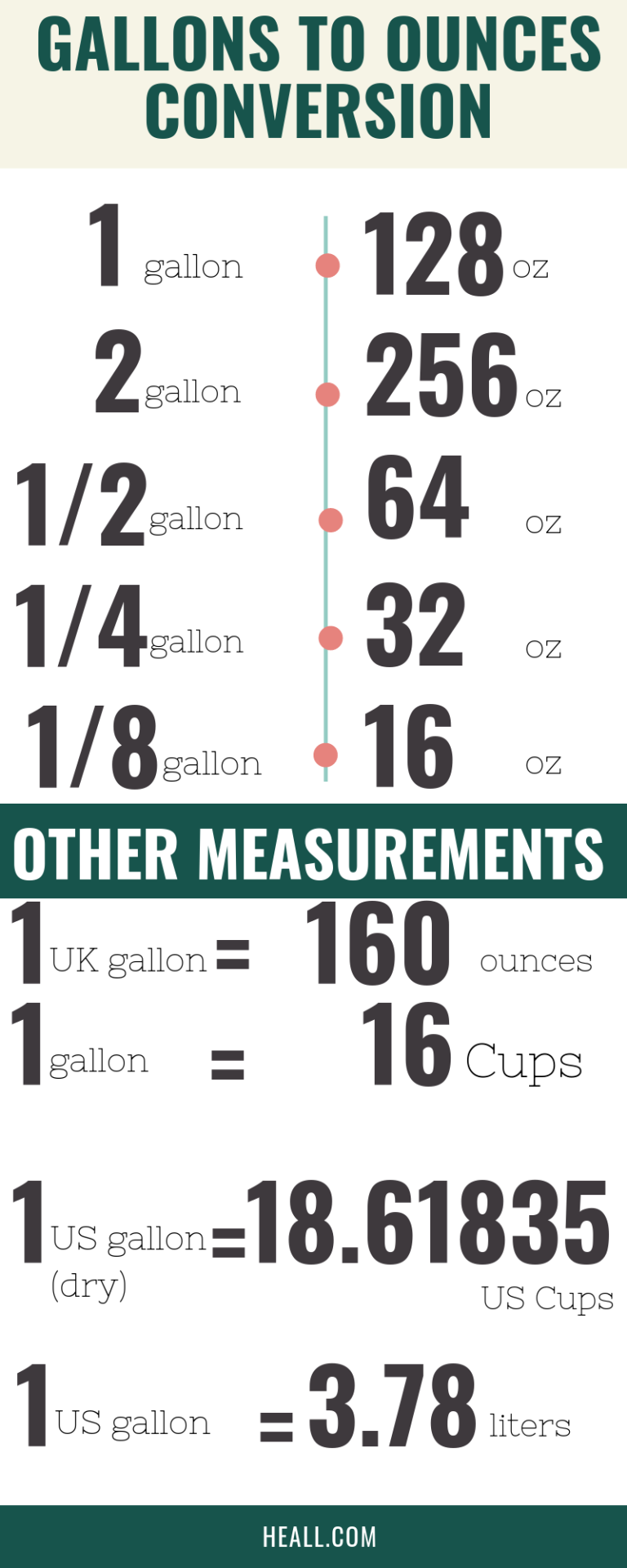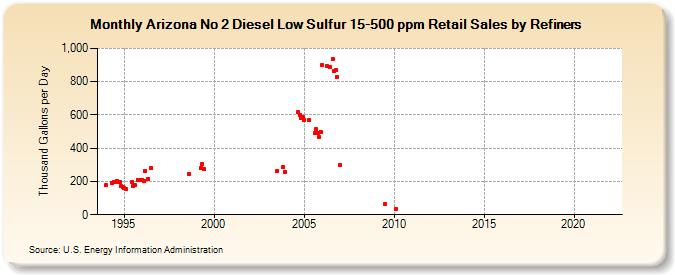
The average cost of WWTP construction varies depending on the time of year and the economic conditions at the bid time. However, maintaining automated plants requires maintenance staff with specialized skills to handle equipment downtimes. An automated plant requires a large upfront investment but can operate with less staff. In addition, some treatment processes require expensive equipment but have lower operational overhead.Īutomation introduces major trade-offs between capital and operations costs. For example, fiber-reinforced plastic tanks will cost more than concrete but can better handle industrial effluent with wide pH ranges. Often, effluent type and quality influence this choice. However, a municipality has the flexibility to prioritize upfront capital costs over ongoing operations and maintenance, or vice versa. Some WWTP construction costs, such as building tanks and other bare-bones requirements, are fixed. Transportation of sludges for final disposal.Operations and maintenance costs include: Treatment units and equipment, such as:.Municipal leaders need to consider the two broad categories of costs associated with WWTPs. Read about how much water it takes to manufacture all of your consumer goods.The decision-making process for constructing a treatment plant is not straightforward.

Those long, hot showers feel good but they waste both water and energy, and although modern fixtures and appliances are a great way to save gallons, it’s still important to simply turn off the tap. Heating and Cooling Are Water (and Energy) Hogs!īecause it takes a lot of water to make electricity, water heating can be a big energy user – it’s right up there with heating and cooling and running appliances, electronics and lighting. If new appliances aren’t in the budget, significant water savings can still be achieved just by finding and fixing leaks. With a little bit of research, water- and energy-saving products can be purchased that provide enhanced performance, help save on water bills and have the added benefit of saving water for future generations. A full-sized ENERGY STAR-certified clothes washer uses 13 gallons of water per load, compared to the 23 gallons used by a standard machine, saving over 3,000 gallons of water per year. Newer washing machines handle much bigger loads of clothing with much less water. Water efficient dishwashers save more than 5,000 gallons of water per year compared with washing dishes by hand (and use less than half as much energy, too). Likewise, newer dishwashers and clothes washers use water much more efficiently than older models. Some shower fixtures, especially those with multiple nozzles, exceed the federal limit, so these fixtures require reduced shower time in order to save water. Likewise, older showerheads flow well over the federal limit of 2.5 gallons per minute, while low-flow models can flow no higher than two gallons per minute. For example, older toilets use up to six gallons per flush, whereas low-flow toilets (or any toilet manufactured after 1994) use 1.6 gallons or less. Newer bathroom fixtures and appliances like toilets, showerheads and faucets are designed to be more water-efficient than older models and can save hundreds of gallons a month. The Department of Energy’s ENERGY STAR label also has an extensive list of energy- and water-saving appliances, like dishwashers and washing machines. The Environmental Protection Agency’s WaterSense website lists many water-saving products. Switching to water-saving fixtures and appliances can reduce indoor water use by twenty percent. Saving Water with Water-Efficient Toilets, Showerheads and Moreįortunately, saving water around the house is easier now than ever before.

Leaks are, perhaps, the most surprising use of water on this list – they amount to 18 gallons of water per household per day lost to leaky toilets, appliances and faucets. SOURCE: Residential End Uses of Water, V2 (2016) A daily breakdown of water use in the US: Appliance/Device Recent studies of how Americans use water throughout their homes show that, for most people, indoor water use is highest in the bathroom, followed by the laundry room. American Water Use at Home – How Many Gallons do We Use?

On average in the US, water use at home (water from the tap, toilet, dishwasher, etc.) adds up to about 138 gallons per household per day, or 60 gallons per person per day. Still, no place is immune from drought, so it’s important to be conservative with your water use at home, no matter where you live. When most people in the US want fresh, clean water, all they have to do is turn on a faucet.


 0 kommentar(er)
0 kommentar(er)
